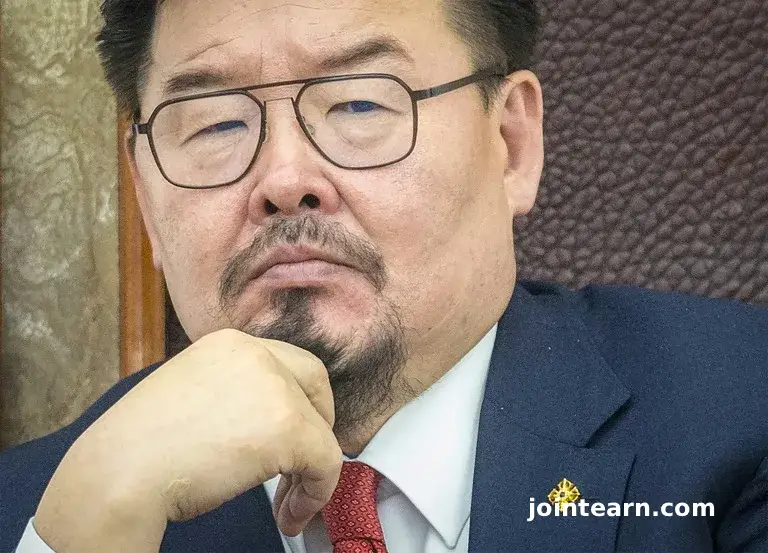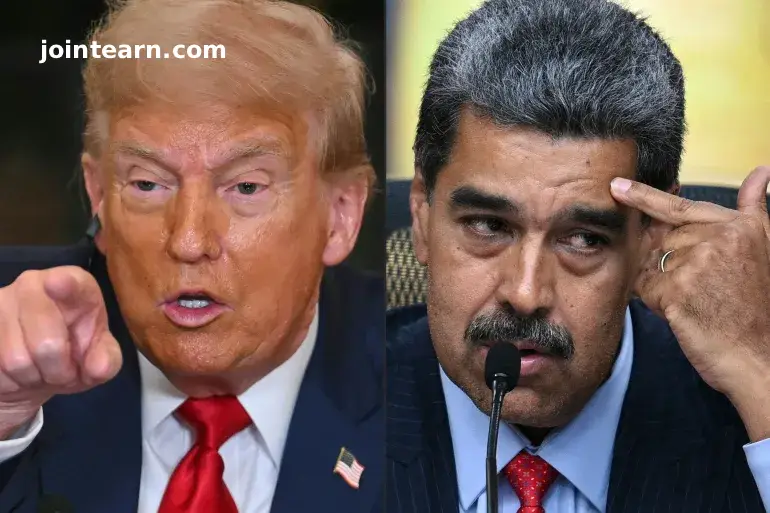
Ulaanbaatar, Mongolia — October 17, 2025:
Mongolia’s fragile political landscape has been thrown into fresh turmoil after Prime Minister Gombojav Zandanshatar was dismissed by parliament on Friday, just four months after taking office.
The sudden ouster follows weeks of political infighting, economic tensions, and disputes over mineral taxation reforms, marking yet another period of instability for the resource-rich but politically volatile nation.
Parliament Votes to Remove Prime Minister
During a tense plenary session in Ulaanbaatar, a majority of lawmakers voted in favor of removing Zandanshatar from his position, citing mismanagement, poor communication with parliament, and controversial policy shifts affecting Mongolia’s crucial mining sector.
Zandanshatar, 55, who came to power in June 2025 after a wave of youth-led anti-corruption protests, will now serve as caretaker prime minister until a successor is chosen within the next 30 days, in accordance with Mongolian law.
Lawmakers within his own ruling Mongolian People’s Party (MPP) reportedly led the campaign for his dismissal, accusing the prime minister of “unilateral decision-making” and “failing to maintain party unity.”
Controversy Over Mining Tax Policy
At the center of the dispute is Zandanshatar’s revised mineral export taxation policy, which aimed to change how coal and mineral royalties are calculated.
Under the new policy — introduced earlier this month — exporters would pay royalties based on domestic stock prices, replacing the international benchmark-based system that had been in place since 2021.
Supporters argued the change would increase transparency and reduce manipulation by foreign investors, while critics warned it could destabilize the mining industry and reduce government revenue at a time when Mongolia’s economy is already under pressure.
Several lawmakers described the tax overhaul as “economically reckless,” claiming it could discourage foreign investment and shrink the state’s mineral income, which accounts for nearly 30 percent of the national budget.
Mounting Political Tensions Within the Ruling Party
Zandanshatar’s downfall also reflects growing divisions within the Mongolian People’s Party, which dominates parliament but has struggled with internal factionalism.
The prime minister reportedly clashed with senior ministers and party members over cabinet appointments and economic direction, particularly after he appointed a new justice minister without parliamentary approval, an act lawmakers called “unconstitutional.”
Despite his short tenure, Zandanshatar attempted to position himself as a reformist leader focused on transparency, youth engagement, and anti-corruption efforts — themes that resonated with many young Mongolians who have grown increasingly frustrated with elite politics.
Background: A Government Born From Protest
Zandanshatar rose to power in June 2025, following the resignation of former Prime Minister Luvsannamsrain Oyun-Erdene, who lost a parliamentary confidence vote amid widespread street demonstrations.
The protests, largely led by young Mongolians, erupted in response to economic inequality, rising living costs, and perceived corruption among political elites and mining executives.
Zandanshatar’s appointment was initially seen as a move toward political renewal, but his inability to maintain cohesion within the ruling party and to address economic instability ultimately led to his downfall.
Economic Challenges Loom
Mongolia, which borders China and Russia, possesses vast deposits of coal, copper, rare earth minerals, and gas, making it one of Asia’s most resource-rich nations.
However, the country continues to face mounting economic challenges:
- High inflation and rising food prices are straining households.
- Corruption scandals have eroded public trust.
- Dependence on mineral exports to China has made Mongolia vulnerable to global commodity price fluctuations.
Economists warn that the ongoing political instability could further delay investment projects and slow post-pandemic recovery.
Search for a New Leader
Parliament now faces the task of selecting a new prime minister within 30 days. Possible successors include Deputy Prime Minister Chimed Enkhbayar and Finance Minister Tserenbat Batjargal, though no official nominations have been announced.
Political observers say the next leader will face the dual challenge of restoring stability and regaining investor confidence, while addressing the demands of a restless youth population calling for genuine political reform.
“Mongolia is at a crossroads,” said political analyst Bat-Erdene Lkhagvasuren. “The next government must bridge the gap between young citizens’ expectations and the entrenched political system.”
Public Reaction and Global Implications
Public response in Ulaanbaatar has been mixed. Some citizens welcomed the dismissal as a necessary step to “reset the government,” while others expressed frustration at the constant turnover of leadership.
Internationally, investors and neighboring nations — particularly China, Mongolia’s largest trading partner — are closely monitoring the situation.
Analysts warn that continued instability could disrupt Mongolia’s mining exports, impacting the supply of key resources such as coal and copper to global markets.
A Fragile Democracy Tested Again
Since transitioning to democracy in 1990, Mongolia has experienced frequent government reshuffles, often tied to corruption scandals or disputes over resource management.
Zandanshatar’s removal marks the 12th change in prime minister in just over three decades, underscoring the fragility of Mongolia’s parliamentary democracy.
Whether the next administration can deliver lasting reforms — and maintain the confidence of both citizens and investors — will determine the nation’s trajectory heading into 2026.


Leave a Reply